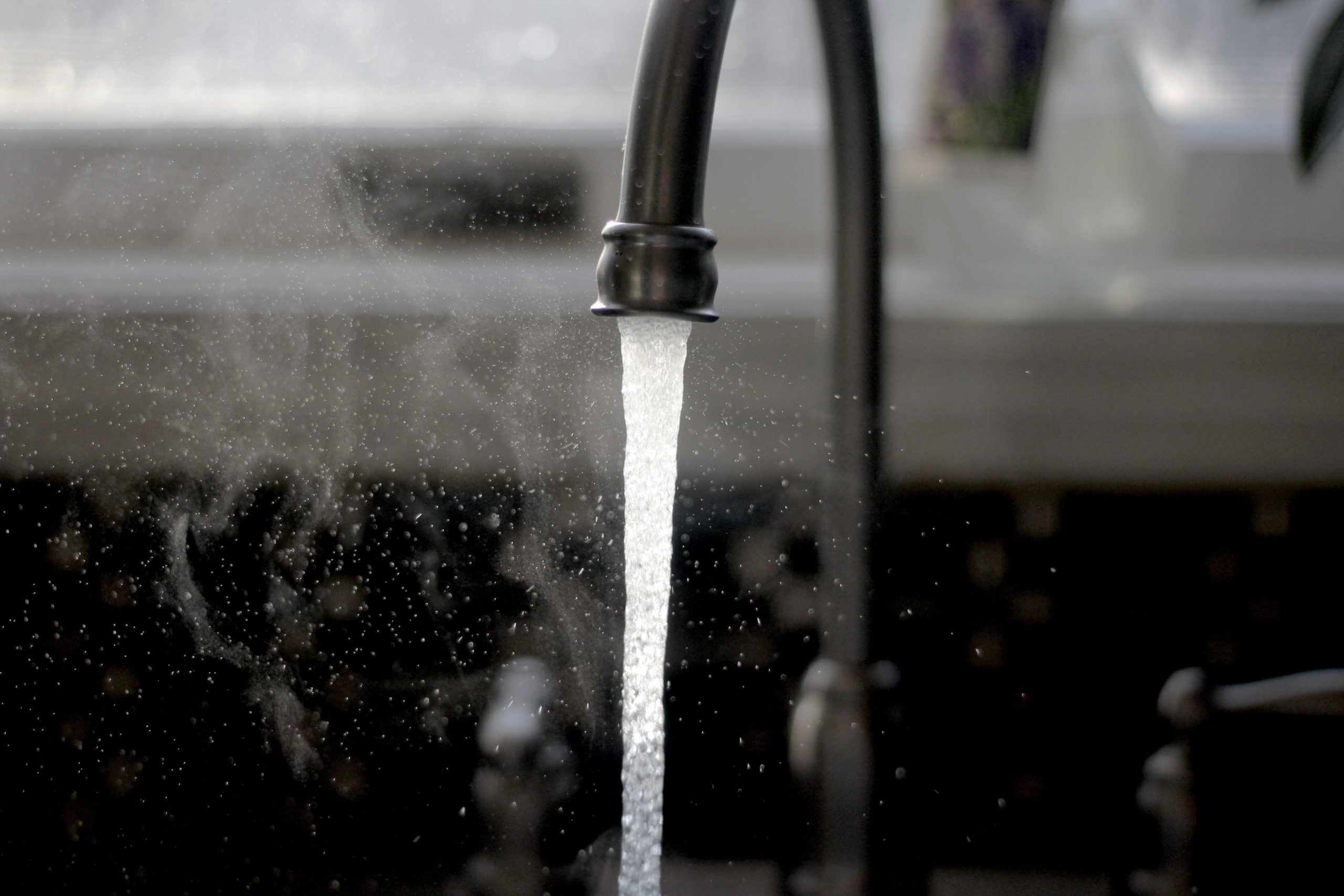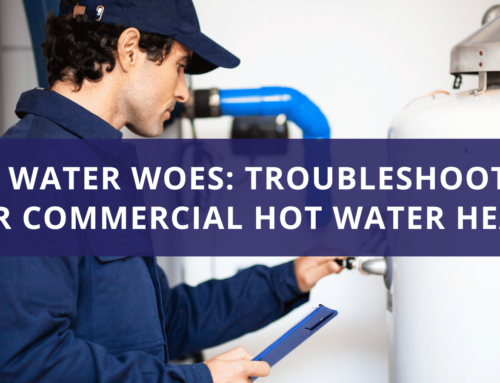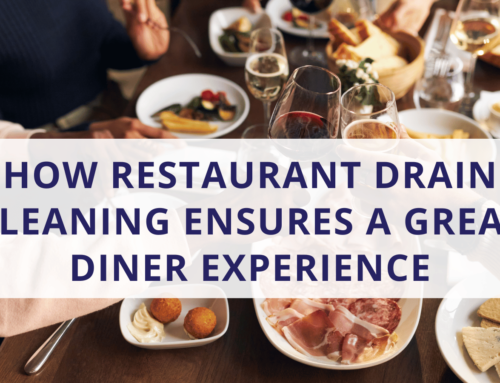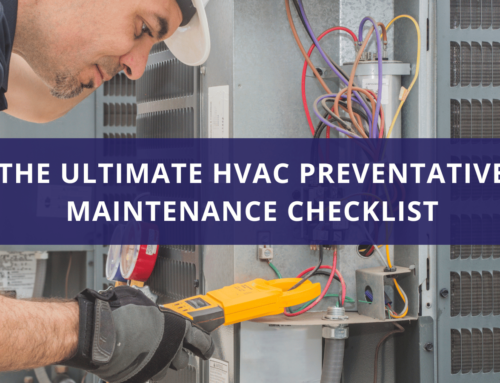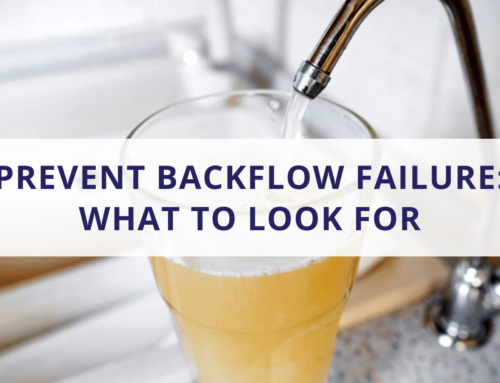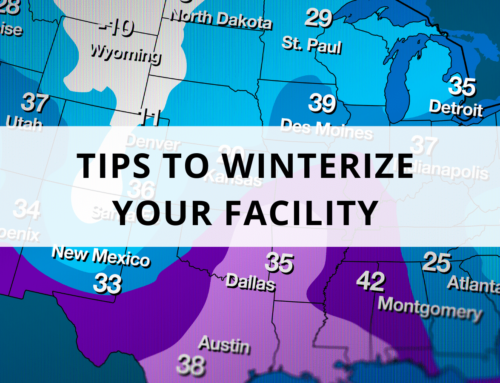Did you know that for a restaurant with annual sales of $5 million, average plumbing expenses can top $10,000 a year? That’s because average restaurant plumbing expenses run approximately 0.2 percent of sales. However, by keeping an eye out for these top five myths of plumbing maintenance, you can keep your plumbing expenses in check:
Myth 1
If water is flowing through the drains, there’s no problem.
Busted.
Just because you aren’t seeing a show-stopping clog doesn’t mean you don’t have to pay close attention to the daily drain flow. Chronic slow-moving drains are signs of a bigger problem. It could signal the need for septic pumping, an obstruction or a weak link with the public lines. It could also signal that employees are pouring fats, oils or grease into the drains when cleaning dishes. Staff procedures and adherence to them is critical for drains to flow freely.
Address the problem. Is something like hair, soap or food debris causing a clog? If so, immediately tackle the problem at the source. Slow and clogged drains now mean big plumbing headaches later.
Myth 2
All that matters is getting grease traps and lift stations cleaned.
Busted.
Consistent preventive maintenance and thorough cleaning of grease traps is critical to avoiding catastrophic plumbing problems. However, grease traps aren’t the only source of plumbing woes.
Randy Alper, Director of Facilities at KBP Foods, explained that a thorough and complete cleaning of grease traps is a must. While it can be hard to measure an exact ROI, he explained an overflow would cost between $2,000 and $10,000, while also causing bad blood with city and health departments and the EPA (if in an sensitive estuary), and lost time and money due to downtime.
If you properly maintain the system and never have an overflow, it’s difficult to measure how many overflows you would have had otherwise. So it stands to reason that a regular clean out is worth the investment. Alper emphasized the importance of a complete and deep cleaning in which the system is pressure washed, the lines and drains are fully scraped, and the system is augmented with biological agents. Regular cleaning is the only way to extend the useful life and effectiveness of the traps, baffles, lift stations and all components.
Ensure a fully working system end-to-end with proper preventive maintenance and regular annual/semi-annual inspection.
Myth 3
A small drip, leak or malfunction is nothing to worry about.
Busted.
Small problems are just the pathway to big problems if not addressed early. Do not ignore anything. The average leak results in 3,000 gallons of lost water each year. That’s up to 3,000 gallons of water damage to your commercial property, which could also result in mold and rot.
Myth 4
It’s all about the kitchen.
Busted.
It can seem like the kitchen is the focal point for all plumbing and preventive maintenance activities. While it is the hub of a restaurant’s activities, it isn’t the only place where plumbing is under great volume and strain. Bathrooms are often an afterthought. Yet these innocuous facilities are not only a necessity; they are often the very litmus test by which a customer judges a restaurant’s cleanliness and attention to detail.
The customer thinking goes like this: If the bathrooms are less than spot clean, what does the rest of the place look like? If management can’t attend to a simple detail like sufficient supplies, a wonky toilet handle or a dripping faucet, what other details are they ignoring?
Perception is everything. It’s more powerful than any marketing wizardry or food feats of greatness for creating raving fans and returning customers.
Toilets are a pain but a necessary evil. Keep vigilant with common-sense inspections of all the parts: toilets, handles, sinks, soap dispensers, towels and trash. Post signs of what can and cannot be flushed down the toilet. Make sure toilets flush easily and fully, and no parts are loose. Running or clogged toilets and failed internal components are all cause for alarm. Don’t wait until something breaks completely before repairing or replacing it.
Consider having employees do a daily visual inspection of sinks and pipes. Does anything look like it is discolored, corroded or leaking? Train them to observe and address any and all issues. Since employees are familiar with the restaurant and its facilities, it can be easy for everyone to become accustomed to a small, persnickety problem because they are too busy to stop and handle it. So, they ignore it until it becomes a big issue that requires a service call. The goal is to proactively solve something with a 10 cent rubber washer, not a $100 service call.
Myth 5
You can install and forget gas lines.
Busted.
Gas lines that connect to utilities such as fryers and stoves need to be maintained as diligently as the rest of the plumbing. Even the smallest gas leak can be hazardous for employees and customers. Consider having a plumber inspect these lines at least annually to ensure the integrity of the system.
One thing that is definitely not a myth is Preventive Maintenance pays for itself. When you right-size your preventive maintenance for plumbing, you avoid any number of headaches. When the plumbing is flowing freely, you are free to work your magic in the kitchen and the front of the house to delight customers.
Contact SLM Facility Solutions to set up the correct preventive maintenance for your location and receive a free cost analysis assessment.
Article was featured in The Facilitator.

